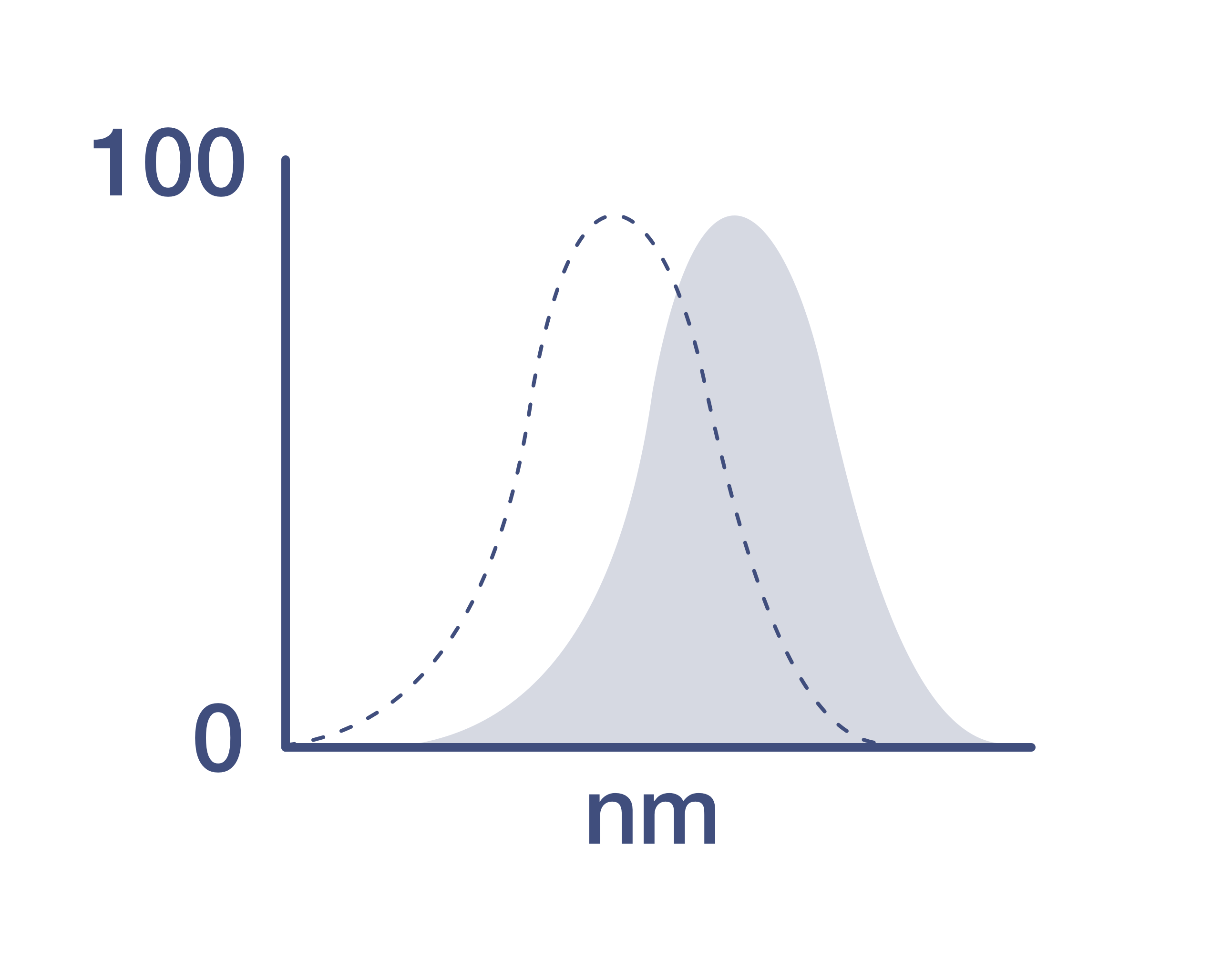產品簡介
Alexa Fluor染料是目前較值得信賴的熒光染料之一。 Invitrogen™Alexa Fluor 594染料是一種明亮的紅色熒光染料,具有理想的激發,適用于594 nm激光線。
 |
蘇州螞蟻淘生物科技有限公司 |
|
—— 銷售熱線 ——
18915418616 |
thermo二抗A21203|Invitrogen抗體*

Alexa Fluor染料是目前值得信賴的熒光染料之一。 Invitrogen™Alexa Fluor 594染料是一種明亮的紅色熒光染料,具有理想的激發,適用于594 nm激光線。為了在成像和流式細胞儀中產生穩定的信號,Alexa Fluor 594染料在很寬的摩爾范圍內對pH不敏感。具有高熒光量子產率和高光穩定性的探針允許以高靈敏度檢測低豐度生物結構。 Alexa Fluor 594染料分子可以高摩爾比附著在蛋白質上而不會發生明顯的自猝滅,從而實現更明亮的結合物和更靈敏的檢測。每種綴合物的標記程度通常為每個IgG分子2-8個熒光團分子;每個產品批次的分析證書上都標明了確切的標簽程度。
這些驢抗小鼠IgG(H + L)全二級抗體已經過親和純化,并顯示出與牛,雞,山羊,豚鼠,倉鼠,馬,人,兔,大鼠和綿羊血清蛋白的小交叉反應性。交叉吸附或預吸附是提高抗體特異性的純化步驟,導致更高的靈敏度和更少的背景染色。使第二抗體溶液通過含有來自潛在交叉反應性物質的固定化血清蛋白的柱基質。在柱中僅捕獲非特異性結合的二抗,并且高度特異性的第二抗體流過。這種額外步驟的益處在多重/多色染色實驗(例如,流式細胞術)中是顯而易見的,其中存在與其他一抗的潛在交叉反應性或在可能存在內源免疫球蛋白的組織/細胞熒光染色實驗中。
thermo二抗A21203|Invitrogen抗體*
Tested Applications
Dilution
Immunocytochemistry (ICC)
4 µg/mL
Immunofluorescence (IF)
4 µg/mL
Immunohistochemistry (IHC)
1-10 µg/mL
Published Applications
Immunohistochemistry (IHC)
See 5 publications below
Immunocytochemistry (ICC)
See 6 publications below
Immunohistochemistry (Frozen) (IHC (F))
See 3 publications below
Miscellaneous PubMed (MISC)
See 14 publications below
Product Specifications
Species Reactivity
Mouse
Host / Isotype
Donkey / IgG
Class
Polyclonal
Type
Secondary Antibody
Immunogen
Gamma Immunoglobins Heavy and Light chains
Conjugate
Alexa Fluor® 594
Excitation/Emission Profile
View spectra 
Form
Liquid
Concentration
2 mg/mL
Purification
purified
Storage buffer
PBS, pH 7.5
Contains
5mM sodium azide
Storage conditions
4° C, store in dark
RRID
AB_2535789
Target
IgG
Antibody Form
Whole Antibody
Target Information
We offer an extensive line of Invitrogen™ secondary antibody conjugates with well-characterized specificity and labeled with a wide selection of premium fluorescent dyes, including Invitrogen™ Alexa Fluor™ fluorescent dyes. Fluorescent secondary antibody conjugates are useful in the detection, sorting, or purification of its specified target and ideal for fluorescence microscopy and confocal laser scanning microscopy, flow cytometry, and fluorescent western detection. The breadth of fluorescent markers we offer allows our reagents to be tailored to almost any fluorescent detection system.
Secondary antibodies may be provided in three formats: whole IgG, divalent F(ab')2 fragments, and monovalent Fab fragments. Because of the high degree of conservation in the structure of many immunoglobulin domains, most class-specific secondary antibodies must be affinity-purified and cross-adsorbed to achieve minimal cross-reaction with other immunoglobulins.
Our secondary antibody conjugates are most commonly prepared by immunizing the host animal with a pooled population of immunoglobulins from the target species and can be further purified and modified (e.g., immunoaffinity chromatography, antibody fragmentation, label conjugation, etc.) to generate highly specific reagents. In the first round of purification, whole immunoglobulins binding to the immunizing antibody are recovered and mainly consist of the ~150-kDa IgG class. Further purification, for example, with Protein A or G, removes all unwanted immunoglobulin classes except the affinity-purified antibodies that react with the target-specific immunoglobulin heavy and/or light chains.